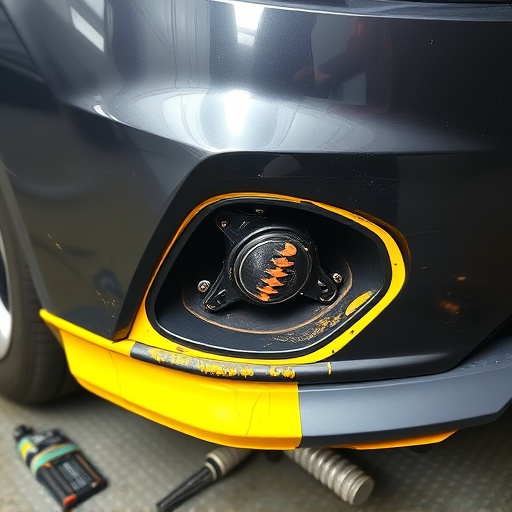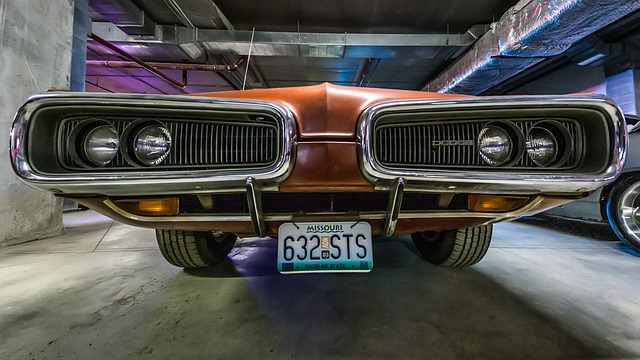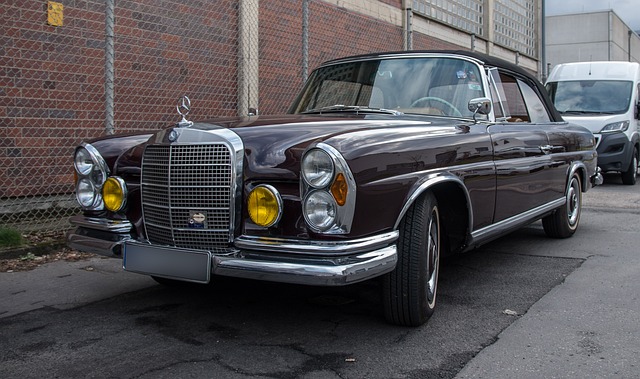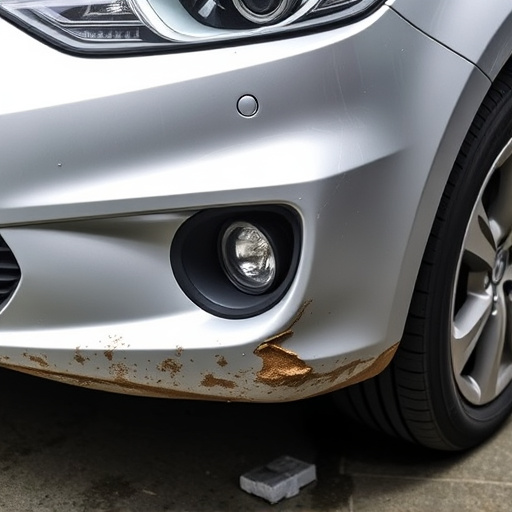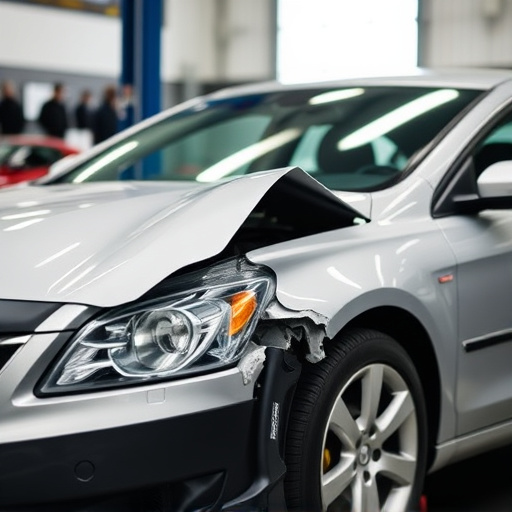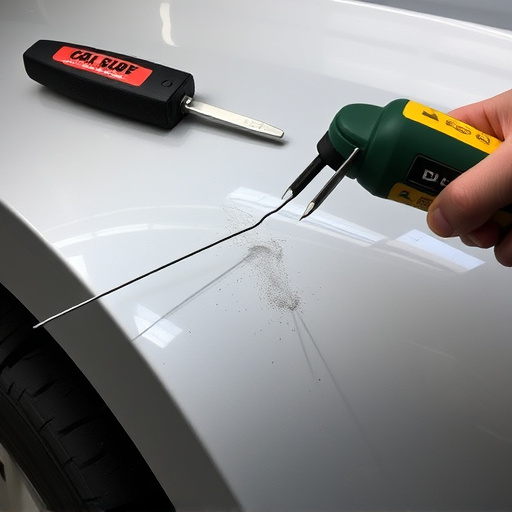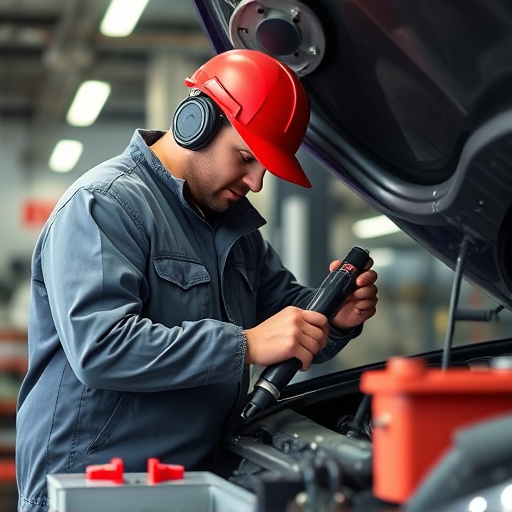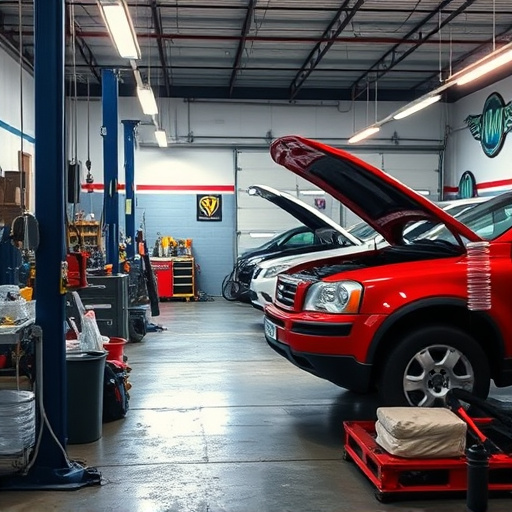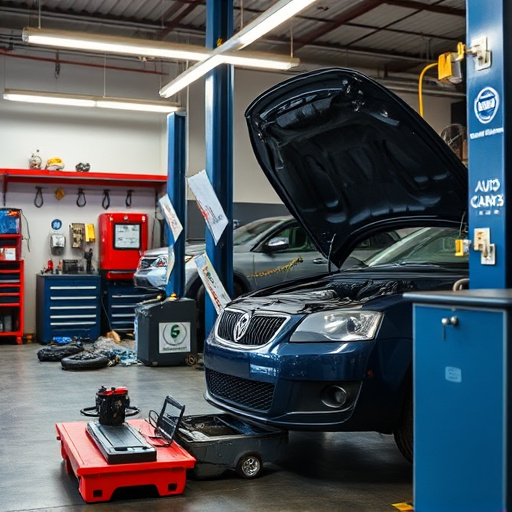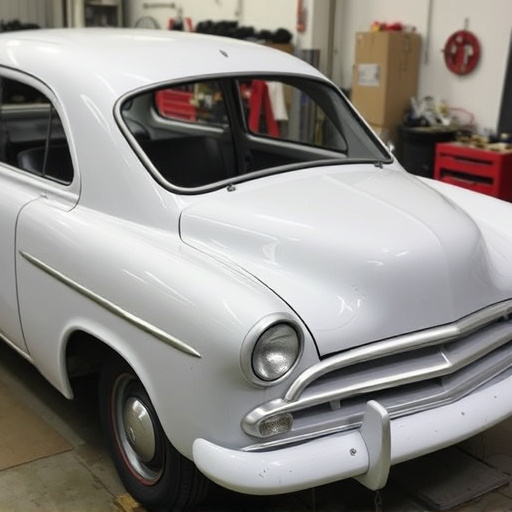Auto body repair pricing varies based on labor rates, parts costs, and repair complexity, with factors like shop expertise, location, parts choices (OEM vs aftermarket), and repair time influencing cost. Quality standards set by the industry guide pricing, ensuring shops charge for materials, techniques, and skilled labor, such as car scratch repairs or full body shop restorations. When selecting a repair shop, consider reputation, warranties, and balance between cost, quality, and service; compare estimates for material quality, labor rates, and guarantees to make an informed decision.
Uncovering the connection between auto body repair pricing and quality standards is essential for informed car owners. This article guides you through the intricate pricing structures within the industry, revealing how they mirror the stringent quality controls in place. We’ll explore the factors influencing cost, offering insights into what drives prices higher or lower. Learn effective strategies to evaluate and compare repair estimates, ensuring you receive top-tier service at a fair price for your vehicle’s restoration.
- Understanding Auto Body Repair Pricing Structures
- The Impact of Quality Standards on Pricing
- How to Evaluate and Compare Repair Estimates
Understanding Auto Body Repair Pricing Structures

Auto body repair pricing structures can vary greatly, reflecting the complexity and extent of the damage to a vehicle. Understanding these structures is crucial for car owners as it enables them to make informed decisions when choosing an auto body repair shop. The primary factors influencing pricing include labor rates, parts costs, and the time required for repairs. Labor rates differ across shops based on their expertise, location, and overhead expenses. Parts costs vary depending on whether original equipment manufacturer (OEM) parts or aftermarket alternatives are used; OEM parts tend to be more expensive but offer higher quality and better compatibility. The time needed for repairs is determined by the severity of damage, which can range from simple dents and scratches to complex structural repairs after a severe collision (automotive collision repair).
When evaluating auto body repair pricing, it’s important to consider not just the bottom line but also the reputation of the shop and the quality of their work. Shops with higher labor rates may employ skilled technicians who can complete repairs faster and with greater precision, ensuring that your car is restored to its pre-accident condition (car bodywork). Additionally, these shops might offer warranties on their parts and labor, providing peace of mind for customers. Ultimately, balancing cost, quality, and service becomes key when selecting an auto body repair shop for your vehicle’s needs (auto body repairs).
The Impact of Quality Standards on Pricing
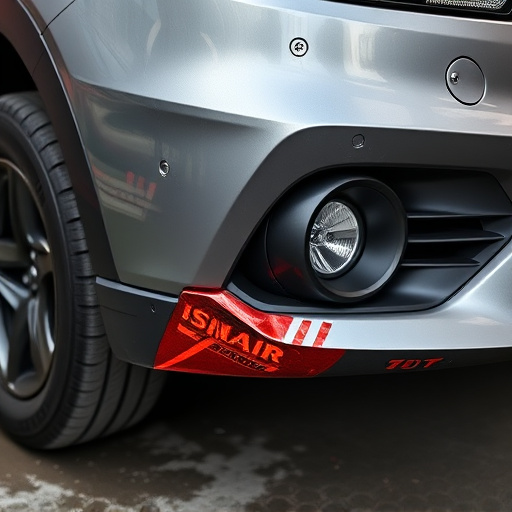
In the realm of auto body repair, quality standards act as a compass guiding service pricing. Shops adhering to stringent industry benchmarks for materials, techniques, and labor often incorporate these values into their auto body repair pricing. This reflects not only the cost of parts replacement but also the expertise required to ensure precision and longevity in repairs, such as meticulous car scratch repair or comprehensive automotive body shop restorations.
These quality standards directly influence the overall auto painting process, from selecting high-quality paints to utilizing advanced techniques for a seamless finish. Consequently, shops prioritizing excellence invest in trained professionals and state-of-the-art equipment, all of which contribute to competitive pricing that substantiates the superior results customers expect from top-tier automotive body shop services.
How to Evaluate and Compare Repair Estimates
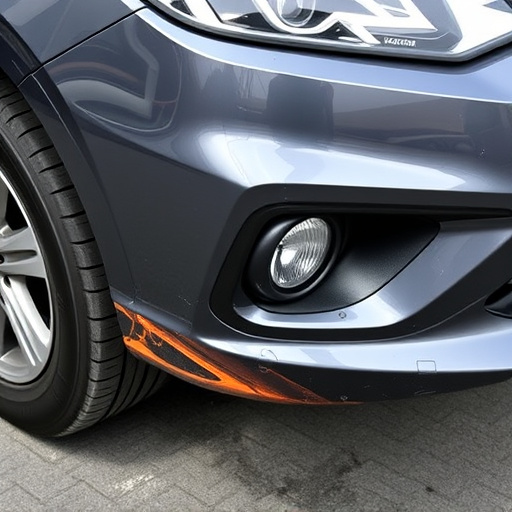
Evaluating and comparing repair estimates is a crucial step when deciding on auto body repair services. Start by thoroughly reviewing each estimate provided by different car body shops, paying close attention to the details and breakdown of costs. Look for transparency in pricing; reputable car body shops should be able to explain their charges clearly. Compare not just the final prices but also the quality of materials used, labor rates, and warranties offered.
Consider that while lower auto repair pricing might be tempting, it could indicate subpar standards or the use of inferior parts. Conversely, higher quotes don’t always guarantee superior quality. The best approach is to find a balance between affordability and assured repair quality. Inquire about certifications, experience, and customer reviews for each car damage repair shop under consideration to make an informed decision that aligns with your expectations for auto repair services.
Auto body repair pricing is a complex interplay between various factors, including labor rates, material costs, and quality standards. By understanding these dynamics, consumers can make informed decisions and ensure they receive fair, accurate estimates. Quality standards play a pivotal role in setting prices, as they guarantee the use of high-quality materials and skilled workmanship, ultimately enhancing vehicle safety and performance. When evaluating repair estimates, it’s crucial to compare not only costs but also the reputation of the shop and the detailed breakdown of charges, ensuring transparency and peace of mind throughout the auto body repair process.
